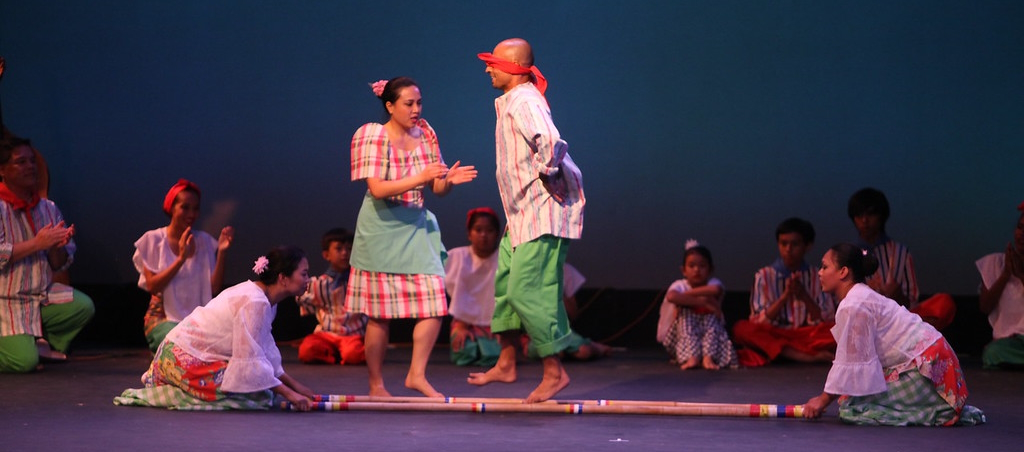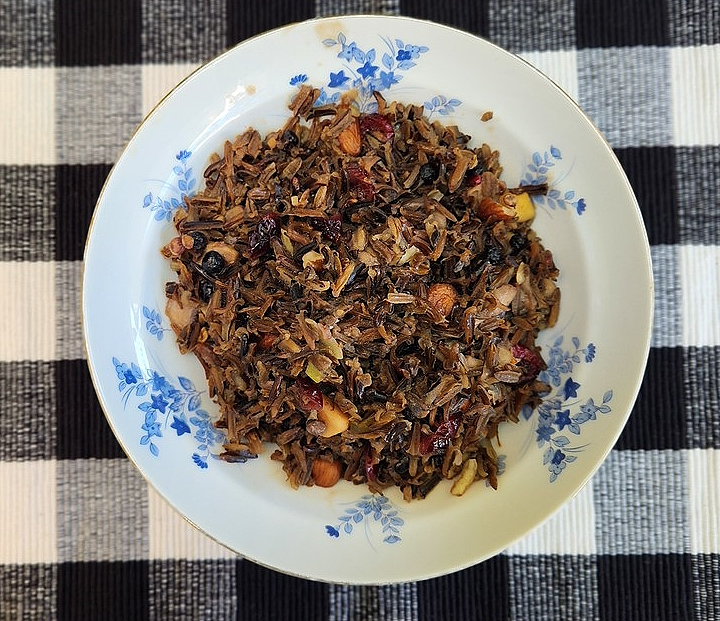
Samahan
The Philippines' traditional music is influenced by both Western and Eastern cultures. Filipino indigenous music was formed from the South-East Asian traditions, and their folk music was formed from the Western Christian musical traditions. Traditional music in the Philippines can be both instrumental, vocal, or a combination of both, as well as accompanied by both dance and theater. One form of Filipino instrumental music gong ensembles is called Kulintang.
Kulintang is an ancient form of gong orchestra which predates the influences of Islam, Christianity and the West in the Philippine Islands. The name of the music is also the name of the main instrument used in the ensemble. The origins of Kulintang are not clear, but it is connected with other gong music from South-East Asia. Spreading through commerce and Islamic occupation of the islands in the region, Kulintang was adopted by the indigenous tribes of the Philippine archipelago. Originally, Kulintang was an instrument performed only by women, but the musical tradition did not exclude men from playing. Kulintang was usually played as entertainment for the upper class; played along to someone dancing to the rhythm. It was used as a way for slave girls to rise in society by playing for upper class celebrations. As slaves assimilated into Philippine cultures, the music from where they were captured, especially Spanish territories, influenced Filipino music as well. As the Philippine archipelago was influenced more and more by Western music, Kulintang's popularity waned. It wasn't until the 1950s when Kulintang became popular again when being combined with Western instruments. By the 1970s artists began experimenting with combining Kulintang with popular music, especially folk and rock music. The popularity of combining the Kulintang with Western instruments has continued to evolve and gain popularity in the Philippines to this day.
The knowledge of how to play Kulintang was traditionally passed from generation to generation through oral traditions. A master Kulintang player would pass the traditions, techniques, and local repertoire of Kulintang to a student who began their tutelage at a very young age. Now that musical notation can be written down, transmission of Kulintang between generations is forcibly evolving.
"Traditional Kulintang is played at social gatherings and celebrations of great communal consequence. It is also used as a way of courting; the relationship between the rhythms of gongs in an ensemble could be used as communication; thus, declarations of love could be made through Kulintang music. Today the Kulintang is also used to accompany Western instruments in popular music that can be enjoyed anywhere.
"Kulintang Instruments:
"Kulintang - An instrument that consists of eight graduated gongs which are very similar to those found in Indonesian musical orchestras.
"Agung - A very large, wide-rimmed, hanging gong. It is played by being hit with a rubber stick. Agung are often played in pairs by either one or two players.
"Babendil - A small, vertical, hand-held gong. It is struck on its rim to make sound with a hard stick. It keeps time in the ensemble.
"Dabakan - A single-headed, kettle-shaped, wooden drum. The wood is covered with either goat or lizard skin and the drum is played with flexible sticks.
"Gandingan - Another set of graduated gongs. The gandingan is made up of four shallow, vertical hanging gongs. It is played by one musician using a pair of rubber sticks. A gandingan is used to mimic the human singing voice and is also known as "talking gongs".
"Folk dances of the Philippines reflect the various influences that formed the long history of the island nation, and folk dances vary according to the island’s various regions. The Philippines consist of more than 7,000 islands that are divided into three main areas: Luzon in the north, Visayas in the middle, and Sulu and Mindanao in the south.
"Several tribes live in the northern mountainous region. Each tribe goes by its own name; however, collectively the tribes are called Igorot. Mountainous or Igorot dances preserve world views and philosophies from the pre-Christian era, while showcasing instances of everyday life, such as family life or courtship. Igorot dances also celebrate battle victories and pay homage to ancestors or gods in order to bring good luck and fair weather to the villages. In Sulu and Mindanao, some of the dances were influenced by Islam and Christianity. For example, the Muslim dance Singkil is the local interpretation of the Indian epic, Ramayana, and is probably the most popular form of Filipino dance. Between Luzon and Mindanao lies Visayas, the middle part of today's Philippines. Dances from this region demonstrate Spanish influence and are called Maria Clara dances after the female protagonist in the novel by Jose Rizal. The choreography in Maria Clara dances is an amalgamation of Spanish and other European dances such as the waltz.
"While Maria Clara dances were popular among the urban Filipinos, the rural areas had their own dances called Barrio dances. These dances celebrate life with elan and joy. To reflect their happiness and love of life, women and men show off their skills by balancing lamps on their heads or dancing on narrow benches. In the dance called Maglalatik, which is a mock war dance, dancers beat on coconut shells tied to their bodies, creating a furious rhythm while reenacting battle. Women wear either traditional dresses adorned with butterfly sleeves, or long skirts and lace blouses. Men traditionally wear Chamisa de Chino and colored trousers.









